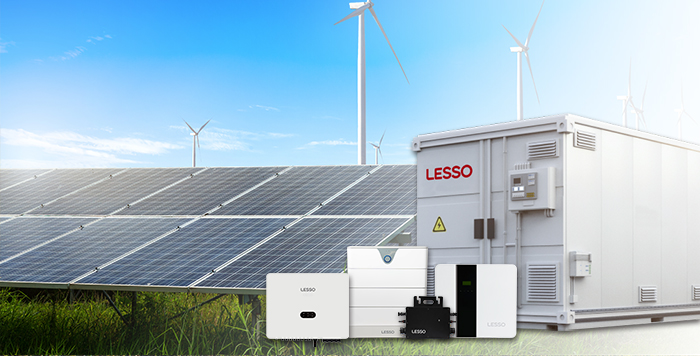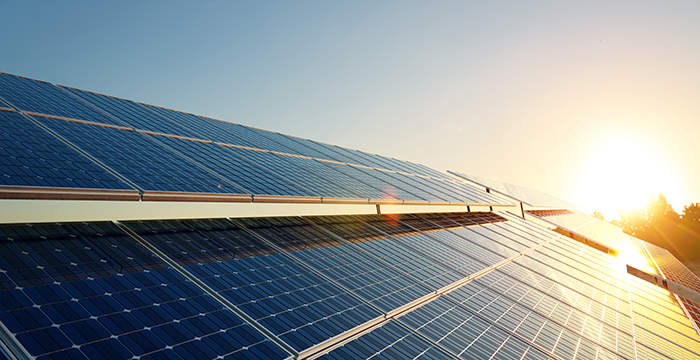Against the global backdrop of pursuing clean energy and sustainable development, innovation in power reserve models has become a critical issue in the energy sector. The "PV + Energy Storage" combination, an emerging and highly potential model, is gradually demonstrating its strong advantages and certainty as the future power reserve supply model.

Photovoltaic Power Generation
Photovoltaic (PV) power generation, which converts solar energy into electrical energy, is a clean, renewable, and resource-rich method of energy acquisition. However, the intermittent and unstable nature of solar energy has long been a limiting factor for its large-scale application. This is where the integration of energy storage technology becomes the key to breaking the deadlock. Energy storage systems can store excess electricity when PV power is abundant and release it during insufficient sunlight or peak electricity demand, ensuring stable power supply. This complementarity enables the "PV + Energy Storage" model to handle various power demand scenarios effectively.
Environmental Perspective
From an environmental standpoint, the "PV + Energy Storage" model contributes significantly to reducing carbon emissions. Unlike traditional fossil fuel power generation, PV power generation does not produce greenhouse gas emissions. The effective utilization of PV power through energy storage technology further reduces dependence on high-pollution, high-emission energy sources, helping to mitigate global climate change, protect our ecological environment, and create a greener and more sustainable planet for future generations.
Energy Security and Independence
The "PV + Energy Storage" model also holds crucial importance for energy security and independence. It reduces reliance on external energy supplies and lowers potential risks arising from energy imports and geopolitical factors. Distributed "PV + Energy Storage" systems can achieve self-sufficient power supply in communities, households, and even remote areas, enhancing the reliability and resilience of energy supply. This is particularly critical in ensuring the continuity of power for essential facilities and basic living needs during natural disasters or emergencies.
Economic Perspective
From an economic perspective, with the continuous advancement of PV technology and the ongoing decline in costs, along with the large-scale application of energy storage technology, the overall cost of "PV + Energy Storage" is gradually decreasing. In the future, this model is expected to achieve economic sustainability and competitiveness without relying on substantial subsidies. For users, installing "PV + Energy Storage" systems can not only reduce long-term electricity costs but also generate additional income by selling electricity back to the grid, maximizing the economic benefits of energy self-management.
Technological Innovation
Continuous technological innovation and progress provide strong support for the development of the "PV + Energy Storage" model. New PV materials and efficient battery storage technologies are being developed and applied, continuously improving energy conversion efficiency and storage capacity. Moreover, intelligent energy management systems can achieve precise control and optimized scheduling of "PV + Energy Storage" systems, enhancing energy utilization efficiency and stability.

In summary, the "PV + Energy Storage" model combines the advantages of clean energy and efficient storage, aligning with the global trend of energy transition and meeting the demand for stable, clean, and economical power supply. Although there may still be some technical, policy, and market challenges during its development, the immense potential and irreplaceable value of "PV + Energy Storage" undoubtedly make it the future power reserve supply model, leading us towards a brighter and more sustainable energy future.







